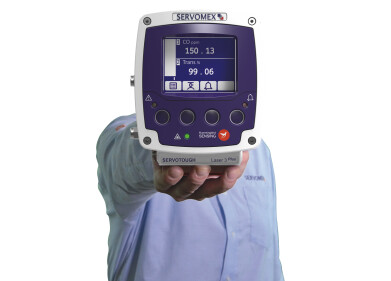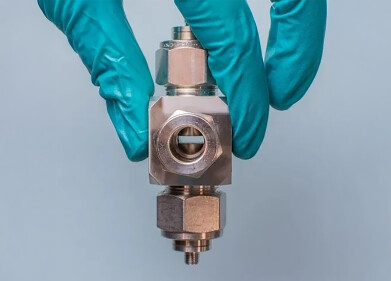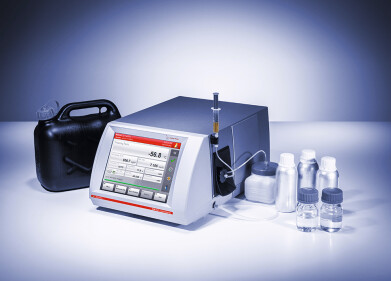Analytical Instrumentation
What Methods Are Used for Surfactant Analysis?
Aug 04 2022
From increasing crude recovery in the oil and gas industry to improving the performance of household cleaning products, surfactants have a myriad of applications. Analytical methods and techniques help scientists select the right surfactants for the job.
Multinational certification company Intertek specialises in surfactants analysis and testing, with companies around the world relying on the next-generation methods. From simple surface tension measurements for oil recovery to complex tests to determine active agents in pharmaceutical products, the company offers a wide range of surfactant analysis services.
Depending on the type of surfactants being analysed and their concentrations, scientists may use a single or multidisciplinary approach. Some of the specialised analytical methods used include:
- NMR
- Mass Spectroscopy
- LC-MS
- HPLC
- GC-MS - as discussed in the article, 'Superior plant efficiency through seamless system integration of process gas chromatographs'
“Complex surfactant formulations may contain dozens of components at vastly varying concentration levels, requiring a multidisciplinary approach,” reads the Intertek website. “A coordinated approach can be required, which bring together skills in extraction, separation science and spectroscopy.”
Combining NMR and matrix-assisted laser desorption/ionisation (MALDI) is one of the most useful surfactant analysis techniques. When paired, the NMR and MS techniques unlock in-depth chemical data with absolute accuracy.
A strategic approach to surfactant analysis
Analysis techniques are generally selected based on the type of surfactant being studied. All surfactants can be classified into four major groups, based on charge.
- Nonionic
- Anionic
- Cationic
- Amphoteric
Below, we take a closer look at some of the different surfactant analysis techniques used by scientists.
- Gel permeation chromatography to determine the molecular weight of nonionic surfactants. Widely used for industrial applications, nonionic surfactants appear in detergents, surface wetting agents and solubilisers. Molecular weight has a big impact on performance. This makes gel permeation chromatography a useful tool for analysing nonionic surfactants and determining suitability for different applications.
- Ultraviolet–Visible (UV) spectroscopy to assess the degradation properties of surfactants. For example, the damaging effects some commercial-grade surfactants can have on human hair when used in shampoo. Studies suggest that powerful surfactants can extract proteins, melanin granules and cuticle fragments from hair fibres. While the surfactants are highly efficient at cleaning hair and lifting dirt, they also weaken strands and promote breakage.
“UV-Vis spectrum of hair washing solutions is a simple and straightforward method to quantify and compare hair damages induced by different commercial surfactants,” reads a report published in the journal Colloids and Surfaces B: Biointerfaces.
Techniques like Mass Spectroscopy (MS) aren’t just used for surfactant analysis. They’re also widely used in the oil and gas sector. Find out more about how MS is being used to recycle plastics, analyse biofuels, characterise complex chemical matrixes and more in ‘The Use of Mass Spectroscopy in Petrochemical Analysis’
Digital Edition
PIN 25.5 Oct/Nov 2024
November 2024
Analytical Instrumentation - Picturing Viscosity – How Can a Viscometer or a Rheometer Benefit You? - Sustainable Grease Formulations: Evaluating Key Performance Parameters and Testing Method...
View all digital editions
Events
Nov 26 2024 Paris, France
Nov 26 2024 Amsterdam, Netherlands
Nov 27 2024 Istanbul, Turkey
Biogas Convention & Trade Fair 2024
Nov 27 2024 Hanover, Germany
Dec 03 2024 Dusseldorf, Germany



















